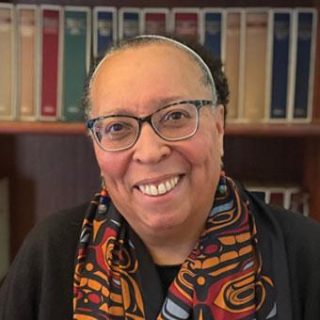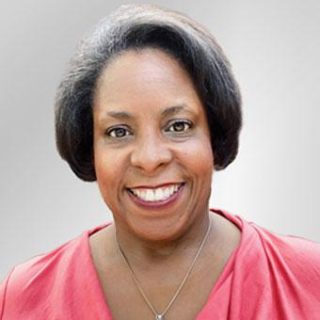FEATURE ARTICLE
District Finds The Right Equation To Improve Math Instruction
By Annette Holstrom
Categories: UncategorizedDecember 2010
Read the remaining content with membership access. Join or log in below to continue.
Sed ut perspiciatis unde omnis iste natus error sit voluptatem accusantium doloremque laudantium, totam rem aperiam, eaque ipsa quae ab illo inventore veritatis et quasi architecto beatae vitae dicta sunt explicabo. Nemo enim ipsam voluptatem quia voluptas sit aspernatur aut odit aut fugit, sed quia consequuntur magni dolores eos qui ratione voluptatem sequi nesciunt. Neque porro quisquam est, qui dolorem ipsum quia dolor sit amet, consectetur, adipisci velit, sed quia non numquam eius modi tempora incidunt ut labore et dolore magnam aliquam quaerat voluptatem.
Criteria for Effective Professional Development
Effective professional development:
- Focuses on a well-articulated mission or purpose anchored in student learning.
- Derives from analysis of student learning of specific content in a specific setting.
- Focuses on specific issues of curriculum and pedagogy.
- Derives from research and exemplary practice.
- Connects with specific issues of instruction and student learning in the context of actual classrooms.
- Embodies a clearly articulated theory or model of adult learning.
- Develops, reinforces, and sustains group work.
- Involves active participation of school leaders and staff.
- Provides sustained focus over time and continuous improvement.
- Provides models of effective practice.
- Utilizes assessment and evaluation.
- Provides timely feedback on teacher learning and practice.
Source: Elmore, 2002.
University Place School District

5 Essential Characteristics of a Professional Learning Community
Shared Mission: The professional learning community demonstrates a high degree of commitment to continuously improve student math achievement, agreement on best practices for math instruction, eagerness to implement best practices, and commitment to collaboratively improve math instruction through the learning community structure.
Learning-focused Collaboration: The professional learning community collaboratively shares ideas and strategies, plans learning and teaching activities, and works together to solve problems.
Collective Inquiry: The professional learning community confidently uses a wide range of methods to investigate learning and teaching, using findings to inform and develop its practice. The community collects, analyzes, and uses data to support this process.
Action Research: The professional learning community seeks to improve instructional practices for teaching mathematics and works collaboratively with others to improve instruction. Effects on student learning are the primary basis for assessing improvement strategies, and members constantly turn their learning and insights into action, rigorously assessing their efforts, demanding evidence in the form of student learning.
Results Orientation: The professional learning community evaluates efforts based on tangible results, and stays hungry for evidence of student learning. Members continuously use this evidence to inform and improve their practice.
Source: Math: Getting It Project web site, www.upsd.wednet.edu/1613101012143043530/site/default.asp
References
Cramer, K.A., Post, T.R., & delMas, R.C. (2002, March). Initial fraction learning by fourth- and fifth-grade students: A comparison of the effects of using commercial curricula with the effects of using the rational number project curriculum. Journal for Research in Mathematics Education, 33(2), 111-144.
DuFour, R. (2004, May). What is a professional learning community? Educational Leadership, 61(8), 6-11.
Elmore, R.F. (2002). Bridging the gap between standards and achievement: The imperative for professional development in education. Washington, DC: The Albert Shanker Institute.
Mullis, I.V.S., Martin, M.O., & Foy, P. (2008). TIMSS 2007 international mathematics report: Findings from IEA’s Trends in International Mathematics and Science Study at the fourth and eighth grades. Chestnut Hill, MA: TIMSS & PIRLS International Study Center, Boston College.
Wei, R., Darling-Hammond, L., Andree, A., Richardson, N., & Orphanos, S. (2009). Professional learning in the learning profession: A status report on teacher development in the United States and abroad, Technical report. Dallas, TX: NSDC.
Categories: Uncategorized
Recent Issues
EVALUATING PROFESSIONAL LEARNING
February 2024
How do you know your professional learning is working? This issue digs...
TAKING THE NEXT STEP
December 2023
Professional learning can open up new roles and challenges and help...
REACHING ALL LEARNERS
October 2023
Both special education and general education teachers need support to help...
THE TIME DILEMMA
August 2023
Prioritizing professional learning time is an investment in educators and...











